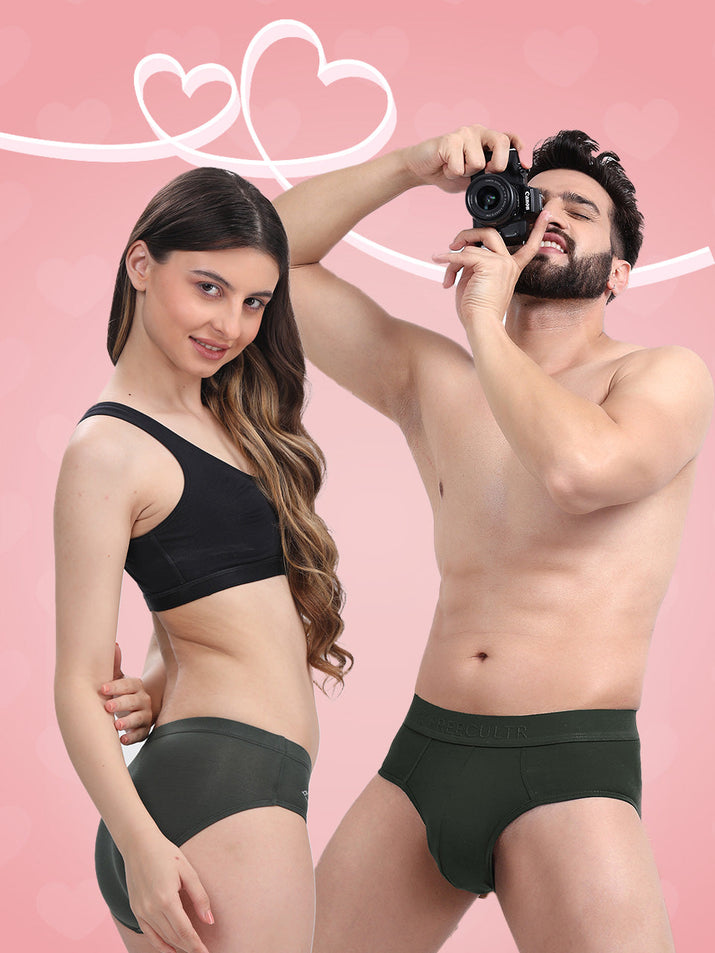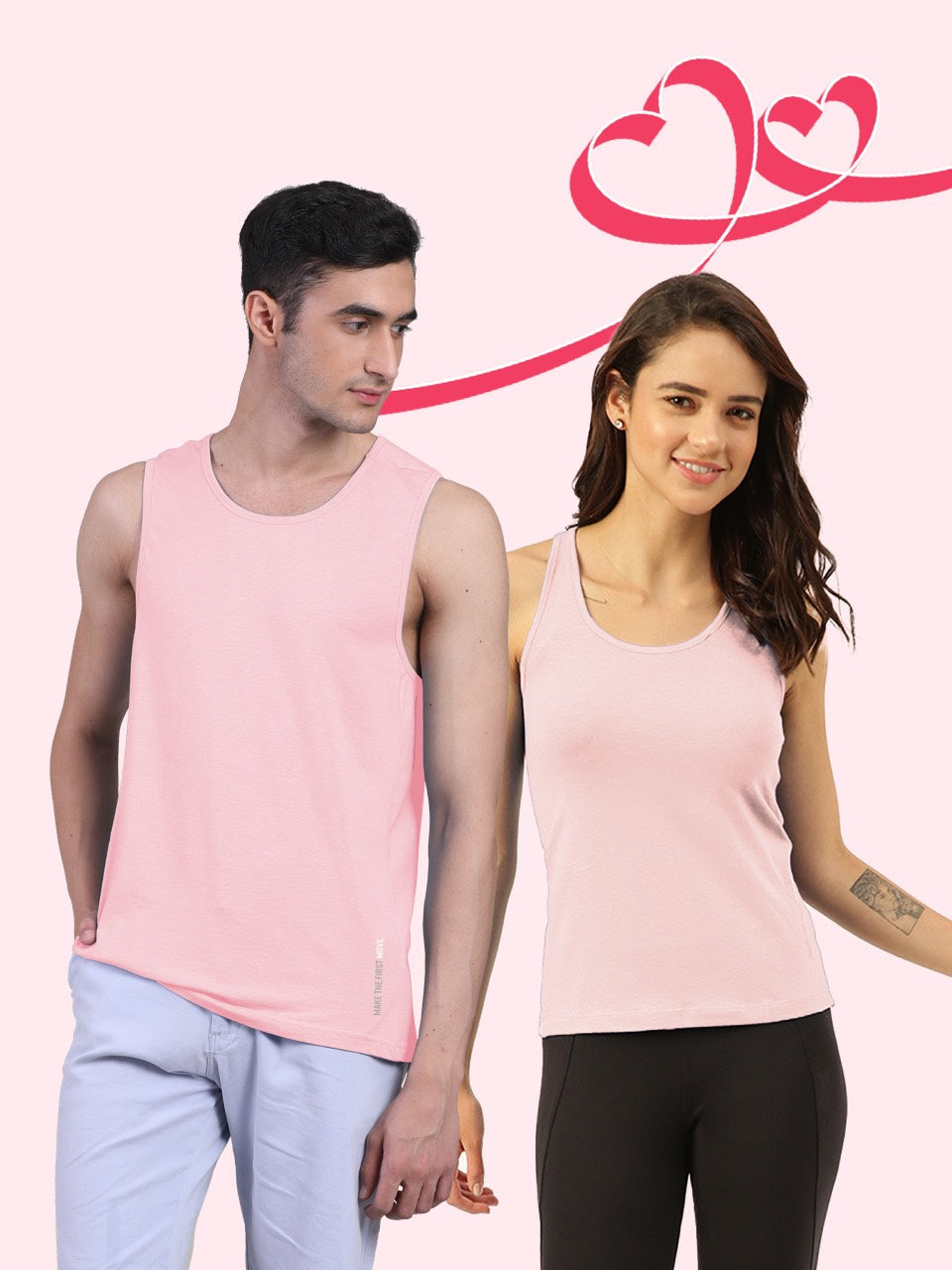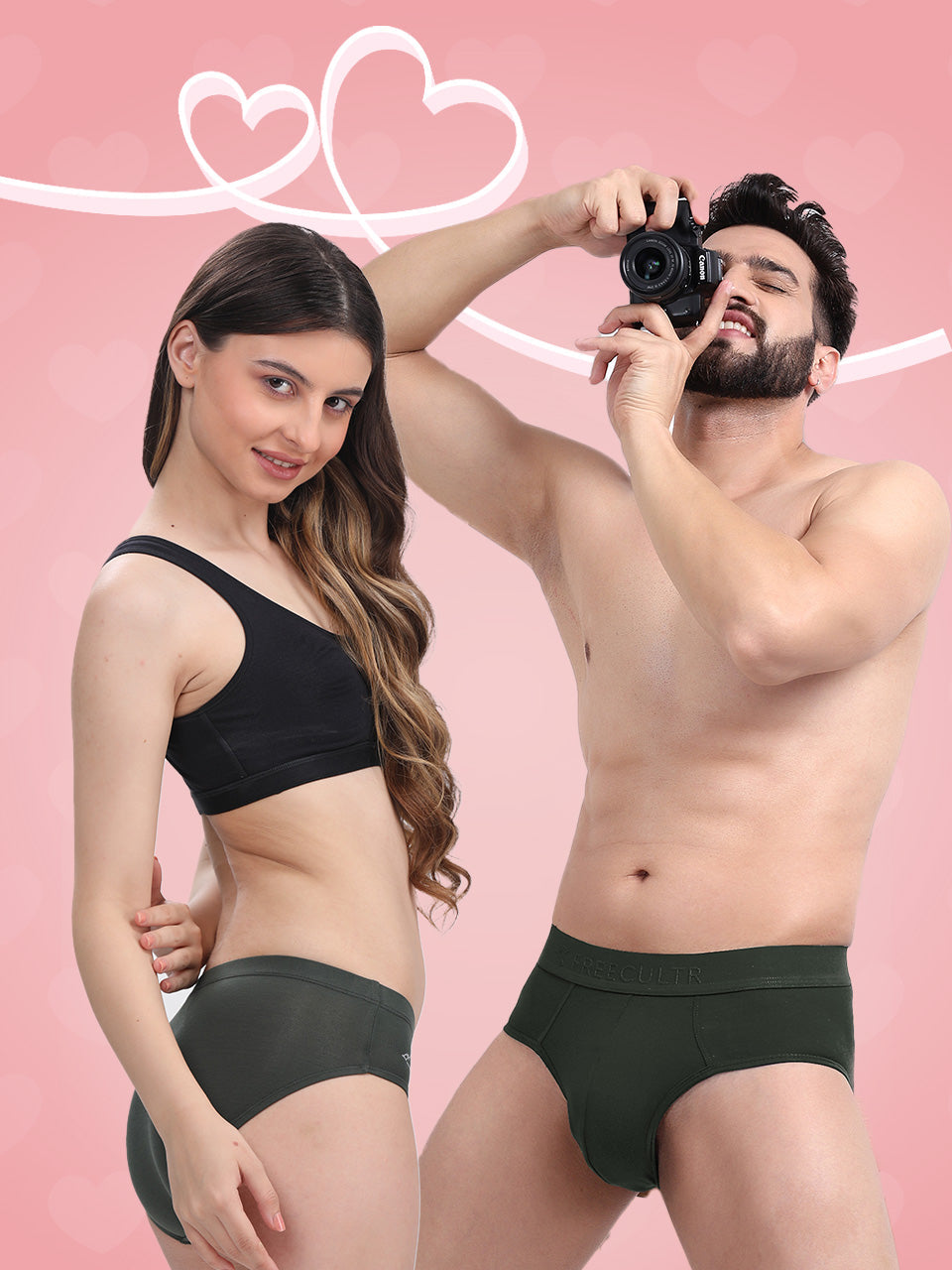Beyond mere fabric and thread, traditional dress for men embodies a powerful cultural narrative, asserting identity and heritage with timeless elegance. From the robust plaid of a Scottish kilt, meticulously woven with clan history, to the fluid, minimalist lines of a Japanese Hakama, these garments transcend transient fashion trends. Contemporary designers are actively reinterpreting these classic silhouettes, showcasing their adaptability on global runways and integrating sustainable practices. This renaissance proves that traditional attire is not static; it dynamically evolves, offering sophisticated men an authentic, globally relevant expression of personal style rooted in profound cultural legacy.

The Unseen Threads: Why Traditional Dress Still Rocks in a Modern World
Hey there, style adventurers! Ever feel like your wardrobe is missing a certain... soul? In a world of fast fashion and ever-changing trends, there's something incredibly powerful and grounding about traditional dress for men. It's not just about fabric and stitching; it's about stories, identity. a connection to something much bigger than ourselves. Think about it: when you don a traditional garment, you're not just wearing clothes; you're wearing centuries of history, a proud cultural narrative. a statement of timeless elegance that no fleeting trend can ever match. It's about showing respect, celebrating heritage. honestly, looking incredibly distinguished while doing it. Whether it's for a special occasion, a cultural festival, or even just a personal statement, embracing traditional dress for men is a powerful way to stand out and truly express yourself.
A Global Wardrobe Tour: Exploring Diverse Traditional Attire for Men
Let's take a whirlwind trip around the globe and peek into some incredible examples of traditional dress for men. You'll be amazed by the sheer variety and the rich stories behind each one!
- The Indian Sherwani & Kurta Imagine regal embroidery, rich silks. intricate patterns. The Sherwani, often worn for weddings and formal events, is a long coat-like garment, typically paired with a churidar (fitted trousers) or dhoti. The Kurta, a more casual tunic, is a staple across South Asia, often worn with pajamas or jeans. It's comfortable, elegant. incredibly versatile.
- The Scottish Kilt Iconic and instantly recognizable! This pleated, knee-length skirt is a symbol of Scottish heritage, often worn with a sporran (pouch), kilt hose. a jacket. Each tartan pattern tells a story, representing a specific clan or region. It’s a bold statement of pride and tradition.
- The Japanese Kimono & Hakama While often associated with women, men's kimonos are equally stunning, usually in more subdued colors and patterns. For formal occasions or martial arts, the kimono is often paired with a hakama, a pleated, divided skirt-like garment. It's all about grace, respect. meticulous craftsmanship.
- The Nigerian Agbada This flowing, wide-sleeved robe is a showstopper! Often made from luxurious fabrics and adorned with intricate embroidery, the Agbada exudes grandeur and status. It's typically worn over a matching long-sleeved tunic (buba) and trousers (sokoto). Talk about making an entrance!
- The Saudi Thobe & Ghutra Simple, elegant. perfectly suited for the desert climate. The Thobe is a long, ankle-length robe, usually white, offering comfort and modesty. It's often paired with a Ghutra (headscarf) held in place by an Agal (cord). It’s a timeless look that speaks volumes about cultural identity.
Each of these garments. countless others worldwide, isn't just clothing; it's a living piece of history, a cultural ambassador. a testament to the enduring power of traditional dress for men.
The Art of Wearing It Right: Styling Your Traditional Attire
So, you've chosen your traditional dress for men. Now, how do you wear it with confidence and flair? It's all about the details, my friend!
- Accessorize Thoughtfully Think beyond the main garment. A well-chosen turban, a traditional brooch, a statement necklace, or even specific footwear can elevate your look. For example, a crisp pair of Mojaris (traditional Indian shoes) with a Kurta or Sherwani completes the ensemble beautifully.
- Mind the Fit While some traditional attire is designed to be flowing, "fit" still matters. A Kurta that's too baggy can look sloppy, just as a Sherwani that's too tight can be uncomfortable. Ensure it drapes well and allows for ease of movement.
- Occasion Matters Is it a wedding, a religious ceremony, a cultural festival, or a casual gathering? The formality of the event will guide your choice of fabric, embroidery. accessories. You wouldn't wear a heavy, embellished Sherwani to a casual family get-together, just as a simple Kurta might be underdressed for a grand wedding.
- Confidence is Your Best Accessory Seriously, wear your traditional dress for men with pride! When you feel good in what you're wearing, it shows. Embrace the heritage, grasp the significance. let your confidence shine through.
Comfort Meets Tradition: The Modern Man's Approach to Traditional Dress
Let's be real: sometimes traditional attire, while stunning, can feel a bit restrictive or less comfortable than our everyday wear. But who says you have to sacrifice comfort for culture? This is where modern innovations and smart choices come into play. We're talking about layering, choosing the right foundations. ensuring everything from the inside out feels fantastic.
For example, when I first started wearing more traditional Indian outfits like Kurtas for family events, I used to just throw them over any old undershirt. Big mistake! The wrong undershirt could be scratchy, show through, or just make the whole experience less enjoyable. That's when I started looking for better options, especially for comfort and reliability.
When it comes to the essentials that make traditional dress for men truly comfortable, you need base layers that breathe, move with you. don't add bulk. This is where a brand like Freecultr really shines. Their focus on comfort and quality makes a significant difference, especially when you're wearing something for an extended period.
Let's look at how Freecultr stands out when considering the inner comfort layer for your traditional outfits:
| Feature | Freecultr's Approach (Great, Comfortable, Reliable) | Generic Alternatives (Often Fall Short) |
|---|---|---|
| Fabric Quality & Comfort | Utilizes premium, ultra-soft fabrics (e. g. , Supima cotton blends, modal) that feel incredible against the skin, preventing chafing and irritation even under heavier traditional garments. Their materials are designed for all-day comfort, making your traditional dress for men a joy to wear. | Often uses coarser cottons or synthetic blends that can feel stiff, scratchy, or lead to discomfort and sweat buildup, especially in warmer climates or during long events. |
| Breathability & Moisture-Wicking | Engineered with advanced moisture-wicking properties and breathable fabrics that keep you cool and dry, even when layered. This is crucial for managing sweat during long ceremonies or festive events. | Many generic options lack proper breathability, trapping heat and moisture, leading to discomfort, visible sweat marks. a generally unpleasant experience beneath your elegant traditional attire. |
| Fit & Under-Garment Discretion | Offers a range of fits (e. g. , slim, regular) and seamless designs that lie smoothly under traditional dress, ensuring no unsightly bulges or lines. Their undershirts and boxers are designed to be invisible, letting your traditional outfit take center stage. | Can often have bulky seams, poor cuts, or unflattering fits that show through thinner traditional fabrics, detracting from the overall polished look of your traditional dress for men. |
| Durability & Reliability | Known for high-quality construction and materials that withstand repeated washing and wear, maintaining their shape and softness. Investing in Freecultr means you have reliable comfort for many cultural events to come. | Generic brands might stretch out, pill, or lose their softness quickly, requiring frequent replacement and offering inconsistent comfort over time. |
So, whether you're rocking a Kurta, a Kimono, or a Kilt, thinking about what you wear underneath – and how comfortable and reliable it is – can transform your experience. Freecultr definitely steps up to the plate here, offering that foundational comfort that makes embracing your traditional dress for men truly effortless and enjoyable. It's about bringing modern comfort to timeless style.
Caring for Your Heritage Pieces: Maintenance Tips
Your traditional dress for men is often an investment, both financially and culturally. Proper care ensures these beautiful pieces last for generations.
- Read the Labels This might seem obvious. traditional garments often use delicate fabrics like silk, brocade, or fine cottons that require specific care. Always check the care tag first!
- Hand Wash or Dry Clean Many intricate pieces, especially those with heavy embroidery or embellishments, are best dry-cleaned. If hand-washing, use mild detergents and cold water. avoid harsh scrubbing.
- Storage is Key Store your traditional attire in a cool, dry place, away from direct sunlight. Use padded hangers for heavy garments to prevent stretching. For delicate items, consider wrapping them in muslin cloth to protect them from dust and insects.
- Address Stains Promptly The sooner you tackle a stain, the better your chances of removing it without damage. Blot, don't rub. use appropriate stain removers for the fabric type.
// Example of a garment care instruction (not code. formatted as requested)
// For silk Sherwani with Zari embroidery:
// 1. Dry clean only. Do NOT machine wash. // 2. Do NOT tumble dry. // 3. Iron on low heat, inside out, or with a pressing cloth. // 4. Store in a breathable garment bag, away from direct light. Beyond the Garment: The Cultural Significance of Traditional Dress
When we talk about traditional dress for men, we're really talking about a profound connection to culture, history. identity. These aren't just clothes; they are symbols.
- Identity and Belonging Wearing traditional attire can be a powerful affirmation of who you are and where you come from. It connects you to your ancestors, your community. your shared heritage. It's a visible declaration of cultural pride.
- Storytelling Through Fabric Every stitch, every pattern, every color often carries meaning. A specific tartan tells of a Scottish clan, the embroidery on an Agbada can signify status. the drape of a Japanese Kimono speaks of grace and tradition. These garments are living stories.
- Preservation of Craftsmanship Many forms of traditional dress for men involve intricate techniques passed down through generations – weaving, embroidery, dyeing. By valuing and wearing these garments, we contribute to the preservation of these incredible artisanal skills and support the communities that keep them alive.
- A Bridge Across Generations Wearing traditional attire can be a beautiful way to honor family traditions and pass them down. Grandfathers teaching grandsons how to tie a turban or wear a dhoti correctly creates bonds and ensures cultural practices continue to thrive.
So, the next time you consider embracing traditional dress for men, remember you're doing much more than just getting dressed. You're participating in a rich cultural dialogue, honoring heritage. making a statement of timeless elegance that truly resonates.
Conclusion
Embracing traditional dress for men asserts cultural identity and offers timeless elegance. Rather than merely donning attire, consider it a personal narrative woven into fabric – a connection to heritage that stands vibrantly relevant in today's global landscape. For deeper insights into global fashion heritage, explore the Victoria and Albert Museum's textile archives. My actionable advice? Begin by exploring one piece, perhaps a well-fitted kurta for festive occasions like Diwali or a classic Nehru jacket for a formal gathering. See how designers are innovating, blending traditional silhouettes with contemporary fabrics for modern comfort and style; think linen kurtas or silk blend sherwanis that offer breathability and ease. Ultimately, confident self-expression hinges on comfort. Just as a perfectly tailored traditional ensemble speaks volumes, the foundational comfort beneath is equally vital. My personal tip? Prioritize high-quality undergarments that offer exceptional support and freedom of movement. Brands like Freecultr consistently deliver on this promise, offering essentials that are notably more comfortable and reliable than many alternatives, ensuring you feel your absolute best whether in intricate traditional wear or modern casuals. By thoughtfully choosing pieces that resonate with your personal style and heritage, you don't just wear history; you redefine it with unparalleled grace and confidence, making a statement that transcends fleeting trends.More Articles
Men's jockey trunks pack of 5 vs freecultr – Ultimate Comfort & Everyday DurabilityMen's Low-rise trunks – Modern Style & Unrestricted Comfort
Tank Top – Versatile Layering & Breathable Comfort
Bandana for Men – Effortless Style & Versatile Comfort
FAQs
What makes traditional men's dress so special?
Traditional men's dress isn't just clothing; it's a vibrant expression of cultural identity and heritage. Each garment often tells a story about its origin, the community it represents. centuries of craftsmanship. It's about connecting with history and showcasing a truly timeless elegance.
Why should guys even bother with traditional attire these days?
Beyond its cultural significance, traditional attire offers a unique blend of comfort, distinctiveness. sophisticated style. It allows you to stand out, make a statement. honor cultural roots, whether for special occasions or even as a stylish daily choice in some contexts.
Is traditional men's clothing actually comfortable to wear, especially for long events?
Absolutely! Many traditional outfits are designed for comfort and ease of movement, often using natural, breathable fabrics like cotton, linen, or silk. While some might be more elaborate, many styles prioritize practicality, making them surprisingly comfortable even for extended periods.
When's a good time to rock a traditional outfit?
Traditional outfits are perfect for a wide range of occasions! Think weddings, cultural festivals, religious ceremonies, formal gatherings, national holidays, or even artistic performances. They add a touch of reverence and authenticity that modern suits often can't match.
I'm interested. how do I pick the right traditional dress for me?
Start by considering your cultural background or the specific culture you wish to honor. Research different styles, fabrics. colors. Think about the occasion, your personal comfort. what makes you feel confident and connected to the heritage. Don't hesitate to seek advice from cultural experts or reputable tailors.
Can traditional men's wear be mixed and matched with modern stuff, or is it strictly old school?
Definitely! While some outfits are best worn as a complete set, many traditional pieces can be creatively integrated into a contemporary wardrobe. A traditional vest over a modern shirt, or a traditional scarf with a casual outfit, can create a unique, fusion look that bridges past and present.
So, what's the big takeaway from embracing traditional men's fashion?
The main benefit is a powerful connection to identity and heritage. It's about celebrating history, supporting artisanal crafts. showcasing a respect for cultural traditions while also expressing a unique and sophisticated personal style that stands the test of time.






